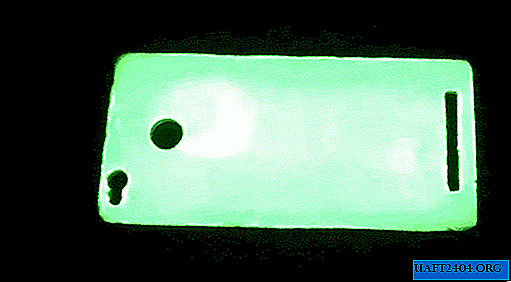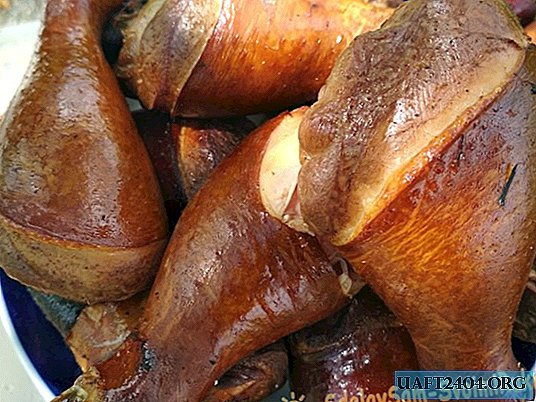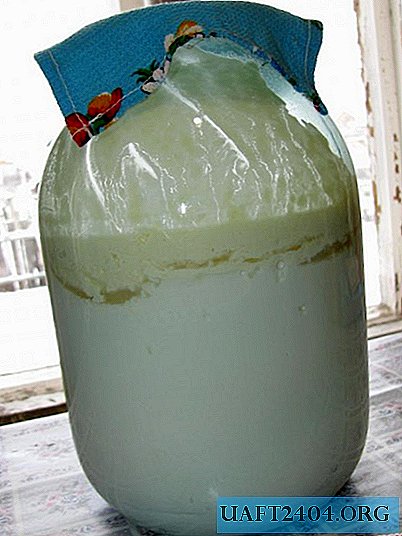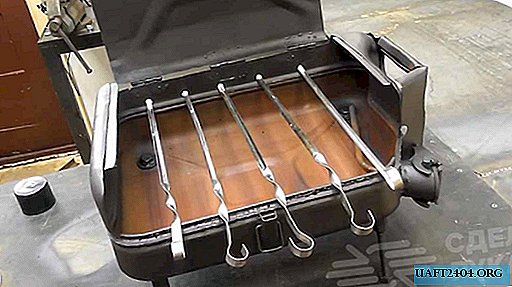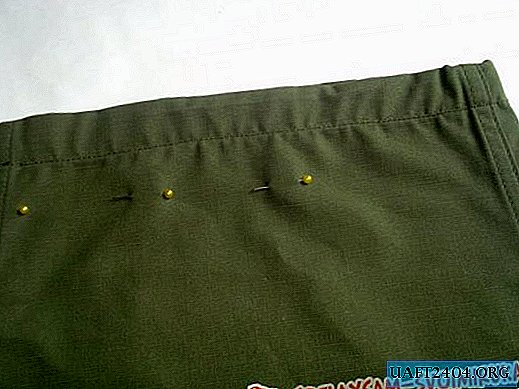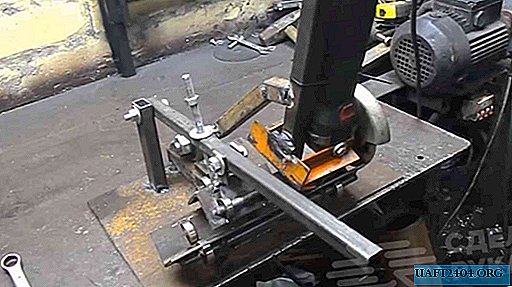Share
Pin
Tweet
Send
Share
Send


Let's try to make a square pipe with a cross section of 150 by 150 mm with our own hands from a round PVC pipe with a diameter of 150 mm. To do this, we need a few more wooden boards or from chipboard, as well as a hairdryer, preferably a construction one, and a hammer. It is advisable to wear gloves on your hands, since the pipe will have to be heated up to 140 degrees Celsius.
Preparatory Activities
The most important preliminary work that awaits us is to calculate the width of the boards and the thickness of the insert between them to strut the round pipe during its heating and transformation into a square product.

If the spacers turn out to be in dimensions, in particular, less than the necessary widths, then the pipe will turn out to be not quite square, and if the permissible sizes are exceeded, it is more likely to break at the bend points.
The width of the boards should exactly correspond to the side of the inscribed square in the pipe with a diameter of 150 mm, of course, taking into account the thickness of its walls. In our case, the two outermost boards should have a width of 112 mm and a length slightly larger than a similar pipe size.

The insert between them, which we previously called a spacer, taking into account the thickness of the side boards of 15 mm, should have a section of 80 by 80 mm and can be composite if there is no array of this size.
Turn a round pipe into a square

At this stage, a hair dryer comes into play, with which we will heat the material of the round pipe to a softening state. Warming up must be carried out evenly and not overheat the plastic above 140 degrees Celsius, otherwise it may melt, lose its shape and become unsuitable for further transformation.

But before proceeding to the heating of the inlet of the round pipe, it is necessary to insert elements intended for the formation of a square section into it. First of all, we insert the side boards along the entire length of the pipe, then we insert a spacer between them on the side on which the bevel is provided, and push it further, as far as possible with the strength of only one hand.

Then we begin to evenly heat the input part of the original pipe, gradually moving the heating zone further along its length. In this case, it is necessary to constantly control with a free hand in the glove the degree of heating and softening of the plastic.
When the ductility of the pipe becomes sufficient, take a hammer in our hands and hammer the spacer inward between the two boards. If the process is tight, then we reheat the pipe from the inside, outside and even from its other end.

So we continue to alternate heating and pushing the spacers, helping with a hammer if necessary, further from the beginning of the pipe until the spacer appears from the opposite end.

Now that the elements that form the square section have taken their final position, we continue to heat the plastic with a hairdryer evenly from all sides until the square tube acquires a finished look.
It remains only, after some holding the square pipe on the forming elements to cool it, to knock the pieces of wood out of the pipe with a hammer, including at the final stage with the end of the handle.


Result
We obtained from a round pipe with a diameter of 150 mm a square section of 150 × 150 mm with somewhat rounded corners, which not only gives the pipe an aesthetic appeal, but also makes it stronger, especially when perceiving bending loads.
Share
Pin
Tweet
Send
Share
Send

